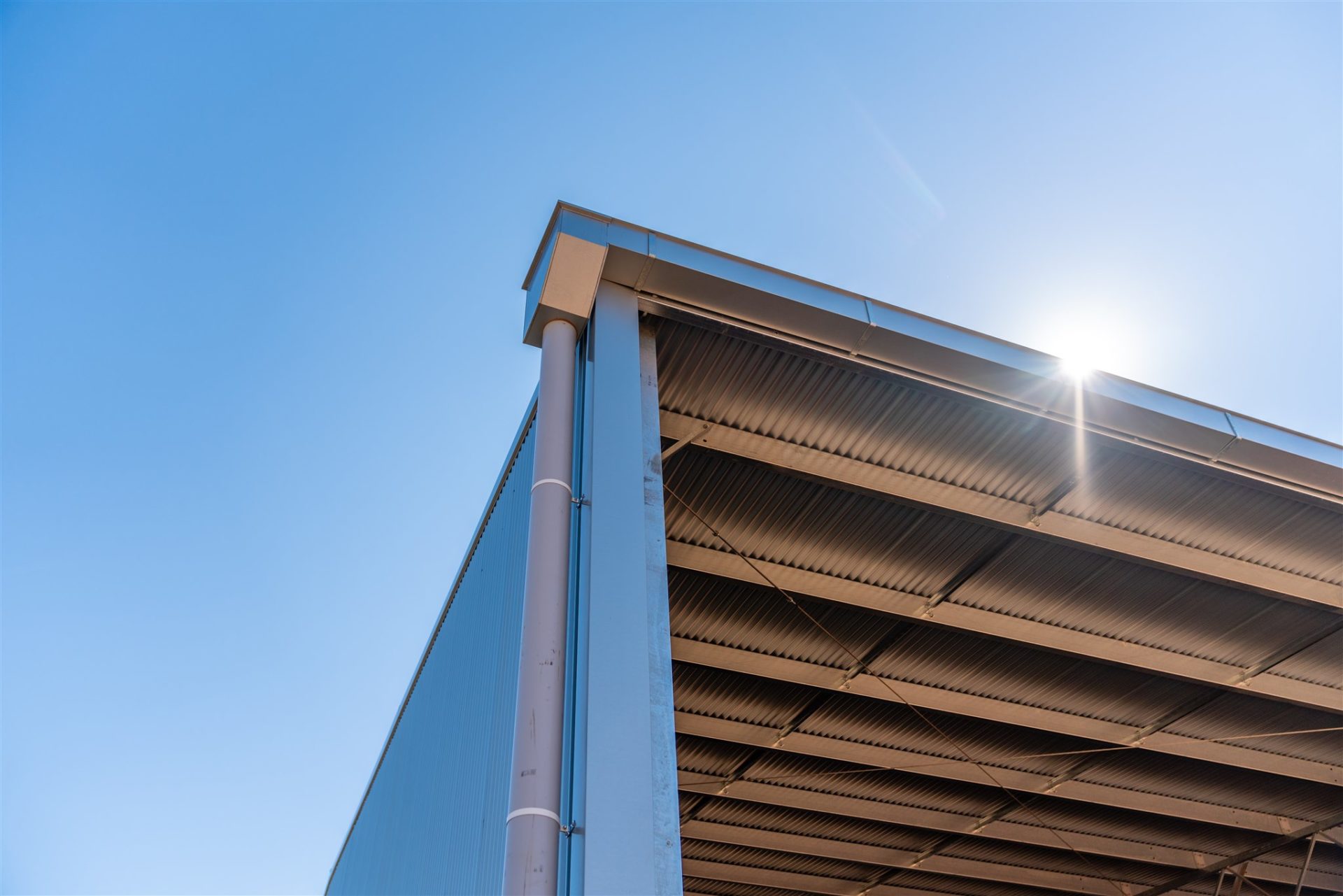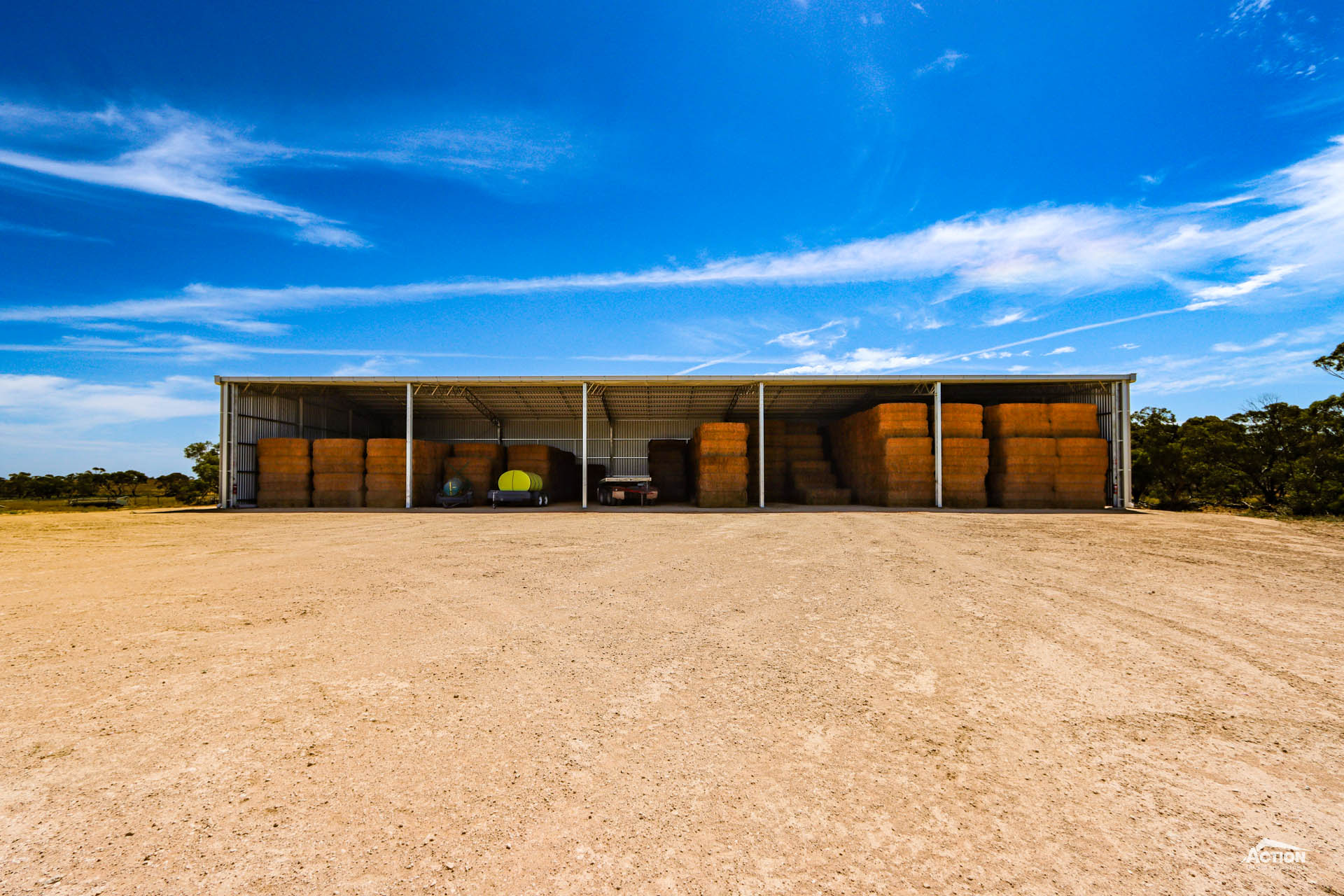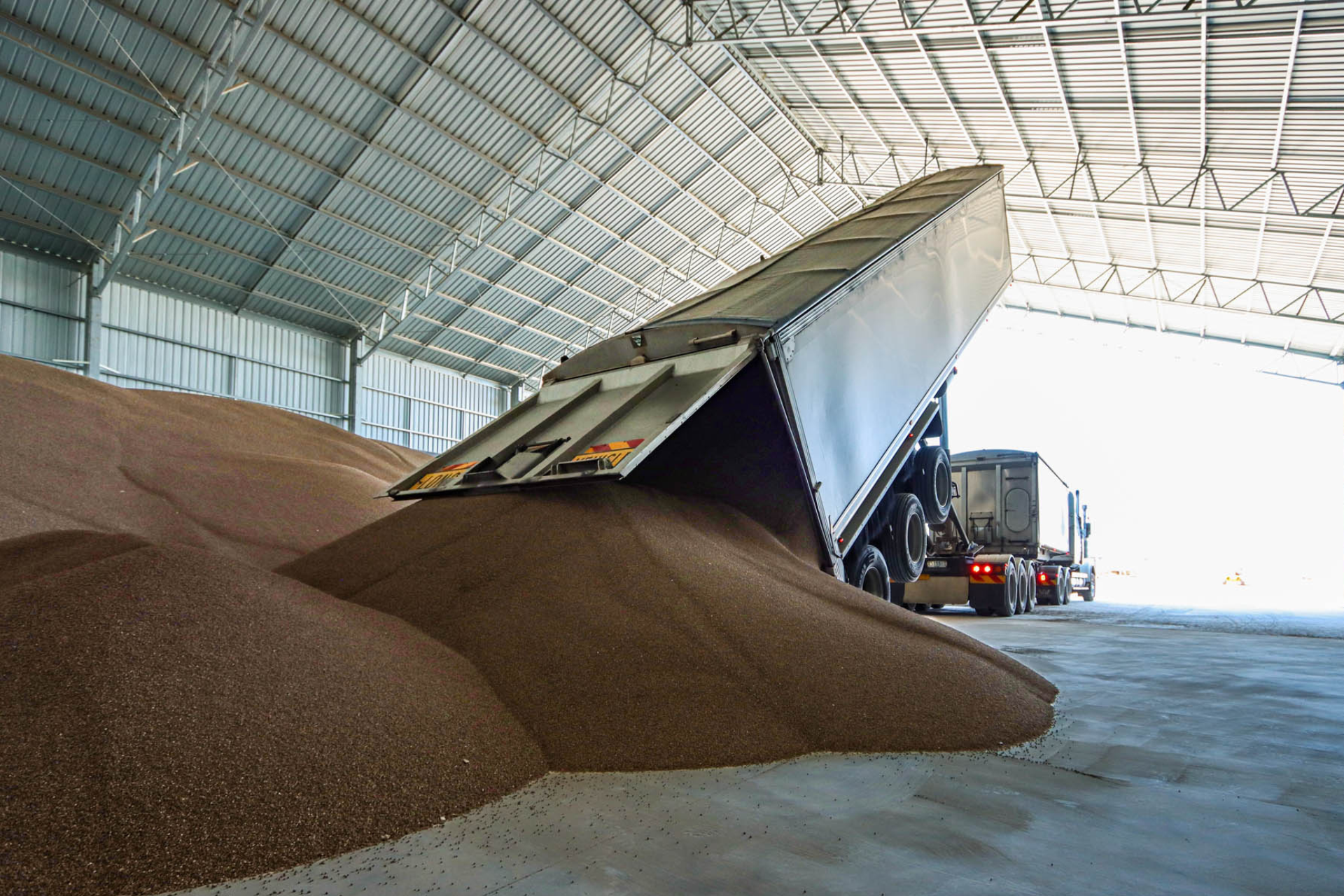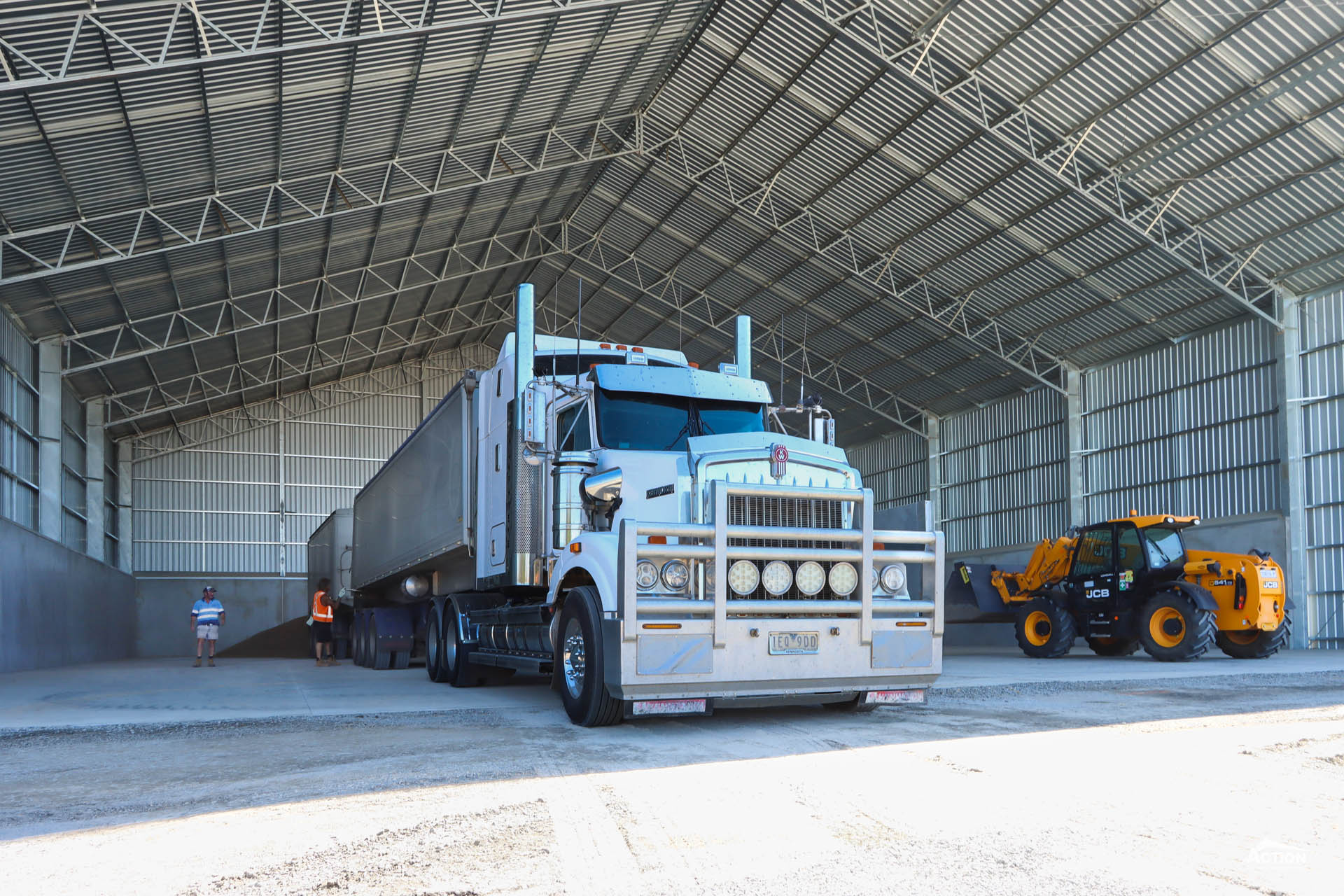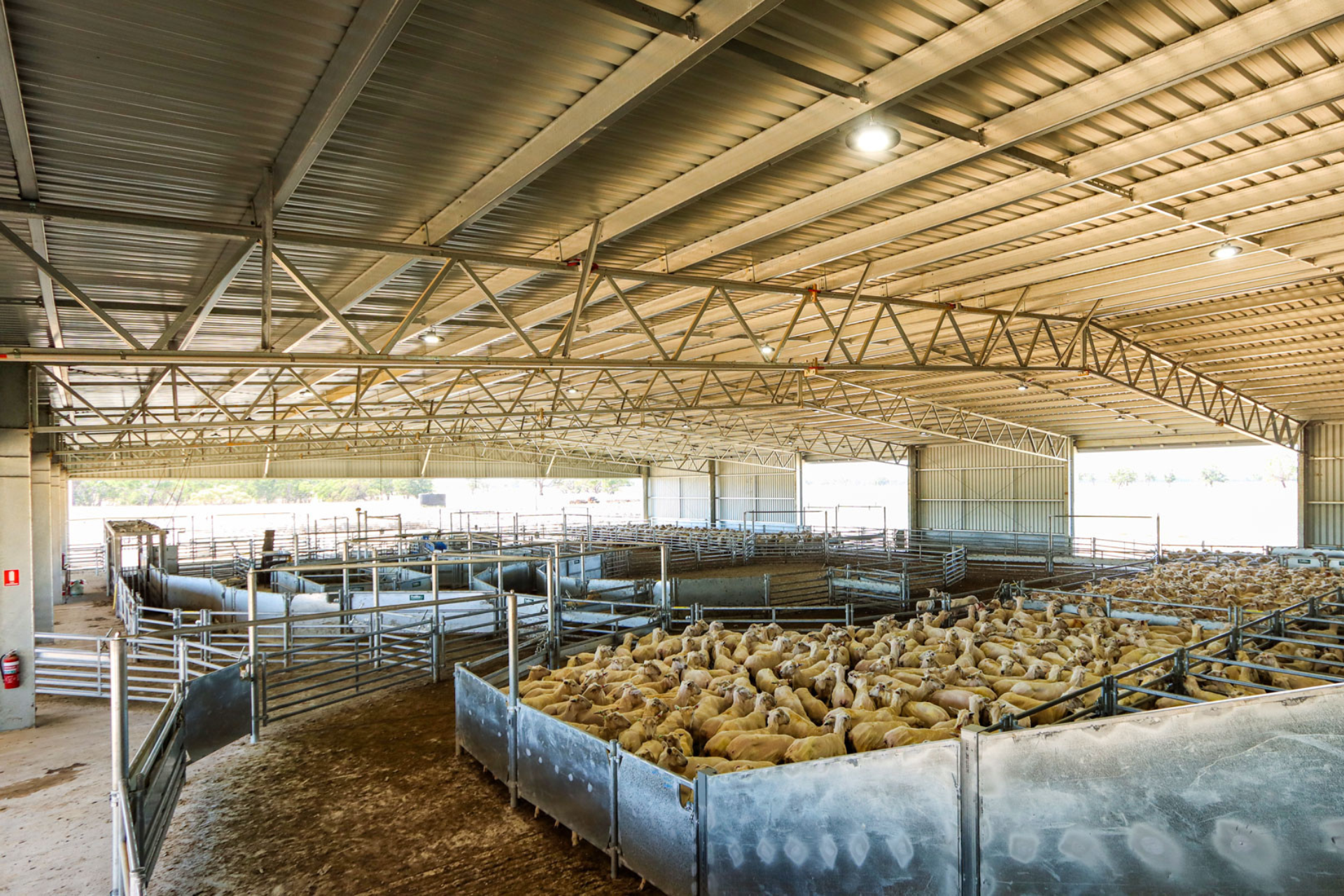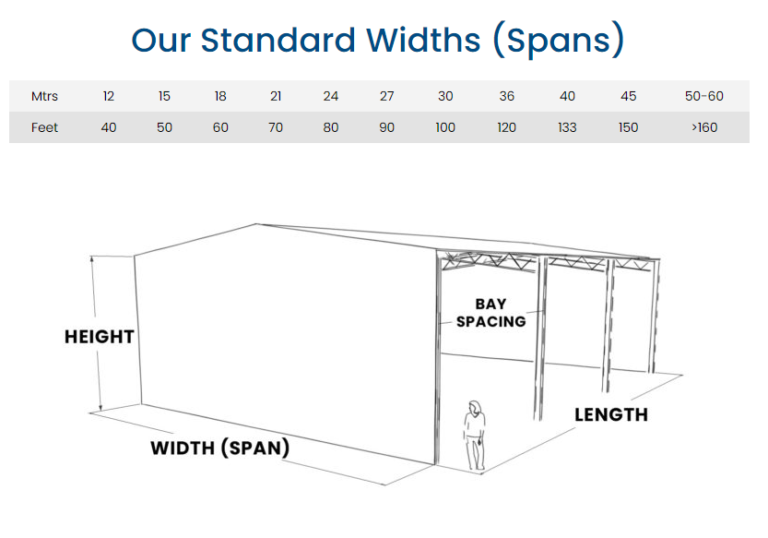While it is often considered one of the smaller details, making sure that you have the right guttering for your shed is incredibly important.
Inadequate or impractical shed gutters can quickly lead to all sorts of issues; ranging from damaged contents (due to overflowing) to excessive maintenance costs in the long term.
Some of the most crucial points to keep in mind when it comes to guttering are:
- What are you intending to do with the stormwater?
- Where would be the most convenient location for a rainwater tank?
- What is the average annual rainfall in your area?
Read on to learn about the gutter options available for your new shed project.
Slotted Fascia Guttering.
The slotted fascia gutter is 127mm wide and has a back height of 65mm. Although this gutter does have a slotted front which water can escape out of in the case of a gutter or down-pipe blockage (rather than over the back, and into your shed!), to ensure that this gutter is effective, a down-pipe needs to be fitted at regular intervals.
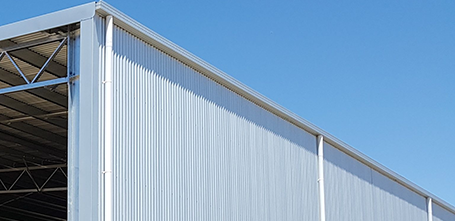
Pros
A standard fascia gutter works very well on enclosed sheds (where downpipes at regular intervals are not impractical), and generally works well for ‘open-fronted’ sheds of up to 24m (L) x 15m (W) in size. This gutter is obviously the cheapest of the two options we offer too, however, by the time a plumber has dug a trench the full length of the shed and buried the stormwater piping (or suspended on mounts under the gutter), the cost is often more or less the same, if not more, than our custom guttering.
Cons
Using the standard fascia gutter on an open-fronted or roof only shed longer than 24m/or of more than 400m2, poses the risk of damaging the intermediate downpipes when loading and unloading hay. Not only does this look awful, but it can also cause damage to your hay. In addition to this, because this gutter is only quite narrow, it is more likely to fill with leaves, etc. and cause blockages.
This is where the custom Action gutter comes into play.
Action’s Custom Gutter System
Action’s custom guttering is a 200mm (wide) x 160mm (deep) custom rolled gutter, which is supported by heavy duty hot dipped galvanised brackets. At either end of this gutter (on the corner of your shed) will be a rainhead sump which the water runs into. The water then exits out of the bottom of this sump through a large PVC stormwater pipe. There is further detail on the rainhead sumps below.
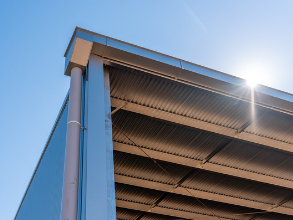
Pros
Using this guttering system totally eliminates the chance of the downpipes being damaged by machinery, as downpipes are only required at each end of the shed (not down the face of each column). It also makes plumbing the shed up a lot easier, and, because of the width of this gutter, it is a lot more difficult for leaves, etc. to be trapped inside.
Cons
Although this guttering system does add a little extra to the cost of your shed upfront, it makes the plumbing up of the shed a lot quicker and easier. A lot of our clients say that this gutter actually works out cheaper in the long run!
Box Gutter
A box gutter is a gutter that is located in the ‘valley’ on a roof (for example, between two gable roofs).
Pros
A box gutter is really the only option between two gable roofs.
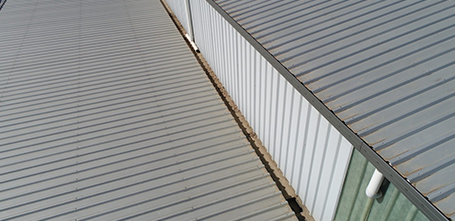
Cons
Box gutters do have quite a bad reputation, as people often underestimate the volume of water that can come off a roof and as a result, the box gutter overflows into their shed. Here at Action though, we make sure the size of the box guttering is well and truly capable of the heaviest of downpours!
Shed gutter components
Rainhead & Sumps
A rainhead is a steel container located between the gutter and downpipe that aids the flow of water away from the roof. It acts as an external overflow point to aid the flow of water down the downpipe.
Downpipe
PVC downpipes come in many different sizes. The most common size used on a shed is between 90mm and 150mm.
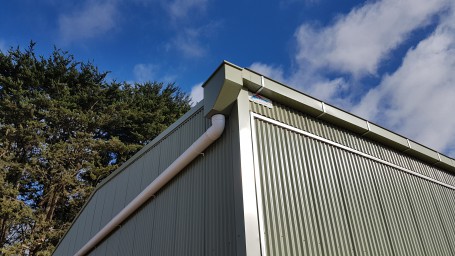
The team at Action are always happy to discuss requirements and ideas to help find the best guttering for your shed.

